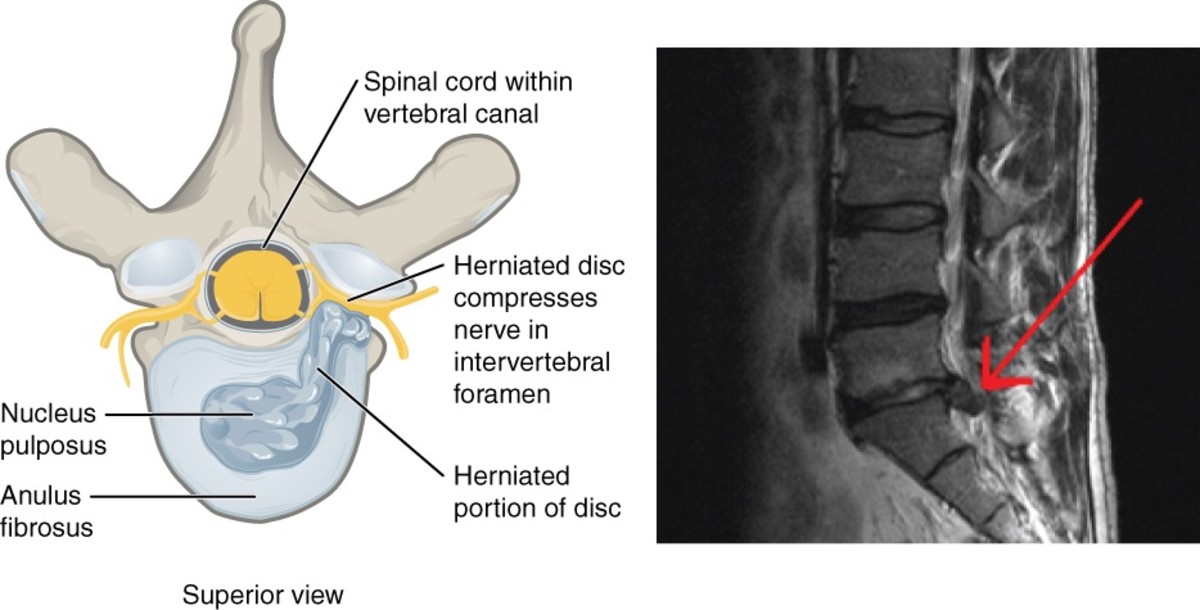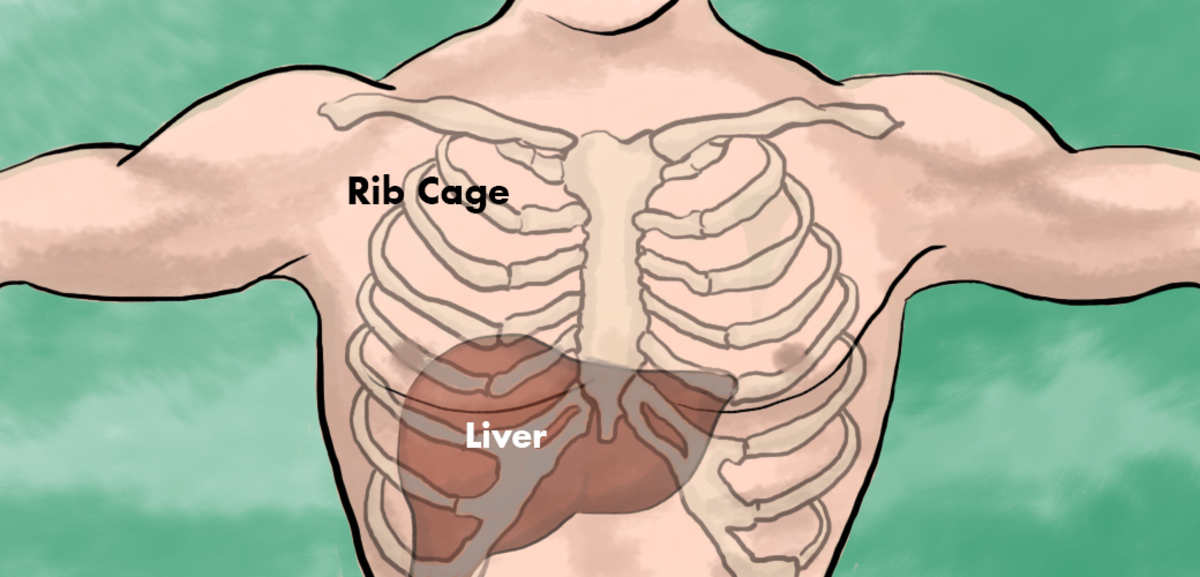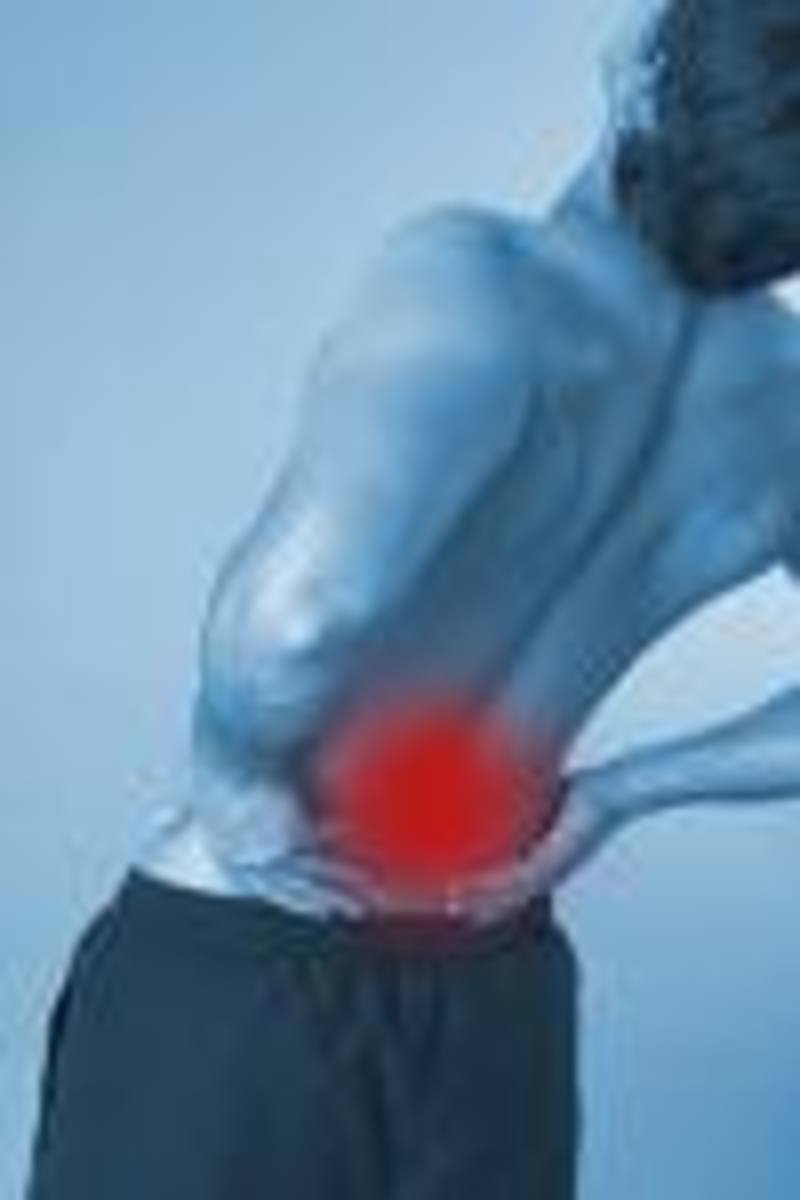Chronic Pain Treatments
Chronic Pain: A Major Public Health Problem
We all know what pain is. It is an uneasy feeling and/or an unlikable sensation in the body. Actually, pain serves as a useful biological message. It tells us, hey look ! Your body is at risk; take care from further damage to the body. Pain can arise due to a disease or injury to the body.
We can classify pain as acute pain and chronic pain. Acute pain subsides following treatments, whereas chronic pain which is difficult to treat may last for months or in some cases patients suffers with it for life time. Pain can also be classified based on its location such as muscle pain, somatic pain or visceral pain. Based on the disease it is associated with, we can classify them neuropathic pain (pain arising due to damage to nervous system), cancer pain, etc.
Treatments
Pain treatment plans depends on individuals overall health and personal preferences. Research has shown a strong variability among individuals in terms of pain response and treatments. Normally, the first step in pain treatment is usually pharmacologic, along with cognitive and behavioral approaches in more chronic stages. Opioid drugs (e.g. morphine) are gold standard in treating severe acute and persistent pain. Chronic pain has to be treated for months, years or even lifetime in terminal conditions such as cancer. Prolonged exposure to opioid drugs results in adverse side effects such as depression of breathing, nausea, clouding of consciousness, constipation, addiction and tolerance. Therefore, the development of novel pain treatments that do not cause the common side effects is urgently needed for any society.
Alternatively, persistent pain is also controlled using neurostimulatory blocks (apply tiny electrical impulse to stimulate the nerves or spinal cord so that the pain signals are blocked reaching brain); surgical intervention (e.g., spine surgery); diathermy (heat deep tissue using high-frequency electrical current); cryotherapy (reducing inflammation by exposing to freezing temperatures); physical therapy such as massage, exercise, ultrasound, electrical stimulation and joint handling.
Chronic pain research
Research in the field is continuing to understand the mechanisms of chronic pain and to develop novel approach to control chronic pain. Several government organizations such as National Institute of Health has recognized chronic pain as a major health care problem and are supporting funded research in the field. Additionally, in U.S., several Pain Clinics/Centers have come up in last two decades with the mission to promote strong clinical service, education and research to develop novel pain management strategies.
Funding for chronic pain research
Should we support funding for chronic pain research ?
Interesting hubs
- How much important is garlic in our regular diet?
I believe that most of us are aware about garlic’s usage in food and herbal drug preparations, still I chose to write this hub to stress its continued importance in medical research field. - Tips to Write Discussion Part of a Scientific Paper
A daunting task in the career of science graduates, postdoctoral fellows, research scientists and faculty members is to report by writing their research work in peer-reviewed journals. Publications are like hard currency for scientists. Publication r - Novel Drugs From Plants
In recent times, we are seeing several published hubs about serious diseases. Authors and HubPage community is sharing their experience and torment about diseases such as Alzheimer’s, Painful Bladder Syndrome, Arthritis and Chronic Pain. After readin - How much you know about Neuropathic pain?
Neuropathic pain develops from a lesion or disease affecting our nervous system. Despite the availability of a wide range of analgesic drugs, chronic neuropathic pain still remains a major health concern for any society.








